Review for When Marnie Was There
Introduction
The Short Version
I received the DVD check discs for review, and I watched them last night, enjoyed the film, cried some happy tears, and then went to bed. This morning, I got up, turned the computer on, and placed an order for the Blu-ray. That’s about as concise a recommendation as I can come up with, but if you want more, read on...
The Long Version
At the time of writing, Studio Ghibli are effectively out of the anime business. While in recent years, they have nurtured and championed new talent, most notably son of Hayao, Goro Miyazaki (Tales of Earthsea and From Up on Poppy Hill), and Hiromasa Yonebayashi, director of The Secret World of Arrietty and this, When Marnie Was There, it has been increasingly clear that Studio Ghibli really rested on the talents and reputation of two men, Hayao Miyazaki and Isao Takahata, who together have directed the majority of the studio’s films. Both recently retired from directing, having completed their respective labours of love, The Wind Rises for Miyazaki, and The Tale of Princess Kaguya for Takahata. And with that, a chapter closed for Studio Ghibli, which is now officially on hiatus for feature film production. The permanent animation staff has all moved on, and the studio now exists as a company that curates its existing catalogue. It could be that without the guiding hands of Miyazaki and Takahata on the tiller, Ghibli just won’t have any direction as an animation studio again. If that is the case, then the studio’s legacy, its final message to the world is all tied up in When Marnie Was There, very likely the last film to be released by Studio Ghibli.
Anna Sasaki is the introverted, quiet girl in class. She’s got a talent for art, but she tends to keep to herself, unwilling to engage with other children, not exactly trusting of the world. On top of that she suffers from asthma, exacerbated by anxiety. Her doctor suggests getting away from the city for a while, and her mother sends her to live with her aunt and uncle in a sleepy seaside village. Certainly the sea air has a positive effect, and the landscape around the bay inspires the artist in her. But Anna still has problems associating with children her own age, and resents being made to ‘take part’. Which makes her fascination with the Marsh House atypical. It’s a mansion that is built on the water’s edge, although at low tide it’s accessible by foot. By day it looks abandoned, but at night, the lights come on, and Anna can see a blonde haired girl in the bedroom window.
The girl is Marnie and the two soon meet, and unexpectedly become friends. Anna’s a lonely, introverted girl who shies away from the world, and as she reveals to Marnie, has a past that causes her pain. Marnie on the other hand has two wonderful parents who love throwing extravagant parties, and treat their daughter like a princess. But as they get to know each other, they learn that they have a surprising amount in common.
Picture
The film gets a 1.85:1 anamorphic transfer on this disc in native PAL format, with the 4% speed-up that implies. The image is clear throughout with no signs of compression or aliasing. It’s a strong transfer of an animated film, which presents the typically gorgeous Studio Ghibli animation as well as the DVD format can. The only way to improve on this is with Blu-ray. This is an artists’ film, not least because of the characters of Anna and Hisako, but also the way the world is presented, the sleepy seaside town having the typical Ghibli European influences, the wonderful retro-world of Marnie and her family, Anna’s artisan uncle and his hand-crafted home. There’s a lot of detail in the film which the DVD does a fair job of bringing out. One oddity is that there’s an ever so slight wobble to the image, the kind of slight instability that you see in film, although for many years now, even Studio Ghibli have been creating their hand drawn animation purely digitally. It must have been added afterwards for effect.
Sound
The menu offers you the choice of DD 5.0 Surround English and Japanese, although the 0.1 channel is flagged as active by the player for both language tracks. Actually the options are for English audio, English with HOH subtitles, and Japanese with translated English subtitles, and all options are locked during playback. The signs and text translations are burnt onto the print during the film, which is a bit of a shame, although having the subtitles locked as well makes that a moot issue. The dialogue is clear throughout, the surround offers a nice level of immersion, although this is more a dramatic film rather than one replete with action, and the film’s music reflects the emotional nature of the story perfectly. I gave the dub a try, and as you’d expect for a top tier Ghibli movie, it gets a brilliant dub, ideally cast and performed.
Extras
This is a two disc release, with the extras on disc two, the movie on disc one. The discs load up static menus.
As well as the movie, the first disc also gets the ubiquitous Ghibli alternate angle storyboards.
On disc 2, you’ll find Behind The Scenes with the English Voice Cast, a collection of interviews that runs to 12:06.
Making of When Marnie Was There lasts 42:34 and is a Japanese language documentary that goes behind the scenes of the film, following the staff as they create the animation, the cast as they record the voices, a look at the locations, and how the film was received and more.
Yohei Taneda Creates the Art of When Marnie Was There lasts 17:11 and offers another telling of the story, apparently using the Marnie exhibit at the Ghibli museum.
You get the Original Japanese Trailers (4:25), and TV Spots (1:58) for the film, and finally there are further Ghibli Collection trailers, for The Wind Rises, From Up On Poppy Hill, and a general Ghibli trailer from Film 4, suggesting that these discs were authored locally for StudioCanal, rather than using Madman’s masters as has often been the case.
Conclusion
For me there have been two periods of Ghibli, pre-Spirited Away, when the studio could do no wrong, and post Spirited Away, when commercial concerns started having a greater influence. In particular, Hayao Miyazaki’s movies tended more towards the fairy tale, and younger audiences, culminating in what for me was the studio’s most commercial film of all, Ponyo. There was also an increasing tendency to adapt European literature in films like Howl’s Moving Castle, Tales from Earthsea, and The Secret World of Arrietty. While the latter films are well made, and entertaining, other than a few exceptions such as From Up On Poppy Hill, I’ve always thought that they’ve lacked for some quintessential Ghibli magic, which the earlier films had. I certainly had my niggling doubts about When Marnie Was There for the same reason.
After all, it too is based on an English novel of the same name by Joan G. Robinson, with the Norfolk setting of the novel transposed to a seaside village in Japan. There’s also a bit of verbal misdirection at the start of the film, with Anna’s narration about magic circles initially putting me in mind of the kind of magical, fairytale fantasies that Uncle Hayao had been making of late. It’s a short lived concern, as it becomes clear that Anna is talking about her own isolation, her status as outsider and her inability to fit in. To cut a long story short, When Marnie Was There is one of the finest Ghibli movies I have seen in a long time, and it very much feels as if it belongs pre-Spirited Away, not post.
It’s spiritual kin to films like Only Yesterday and Whisper of the Heart, where the character arcs play a stronger part in the story than the mechanisms of narrative or the fantastical nature of the story world. Not that those elements are absent from When Marnie Was There. There is a strong magical aspect to the story that manages to enchant and captivate, but really it’s a coming of age story about two girls that meet under mysterious circumstances and become the best of friends.
Also, much as the film is typically beautiful, the magical elements of the story coming together to enrich and make its world more elaborate, moments of comedy lightening the mood and keeping the pace swift and breezy. The film doesn’t shy away from the drama, or addressing some very real world concerns for its characters. What really draws Marnie and Anna together are some shared worries about their lives. While Marnie is the picture of an adored princess, the truth is that her parents, when they aren’t at home cherishing their daughter and throwing parties, are off trotting the globe, leaving Marnie in the care of the domestic help. And quite frankly the maids and the housekeeper tend to bully their young charge when her parents are away.
At the same time, it rapidly becomes clear that Anna is a foster child, orphaned when her parents died, and raised instead by her ‘mother’ Yoriko. That she’s fostered isn’t a surprise to her, instead it’s when she finds out that her foster parents are paid to take care of her by a government subsidy, that she turns introverted and stops trusting the world. After all, how can she know if Yoriko actually loves her, or is just paid to love her? It also makes her curious about her past, and what kind of family it was that abandoned her. Both Anna and Marnie are looking for love and attention, so when they meet, they’re more like sisters than simple friends.
But there is also a dangerous overtone to the story, a mystical sense to their meetings, the mystery of the Marsh House looking abandoned by day, only to be lit up at night, and Anna’s encounters with Marnie always ending abruptly, strangely. The story as it unfolds has just the right degree of foreshadowing to make the end of the movie work perfectly, and I’d defy anyone to not shed a tear or three at the conclusion. If this really is the final legacy of Studio Ghibli, if we really do never see another movie from them, then When Marnie Was There is the perfect note with which to underline the thirty year history of the studio.
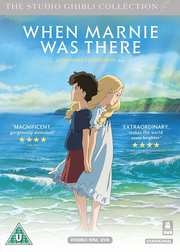
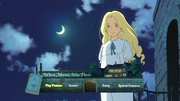





























































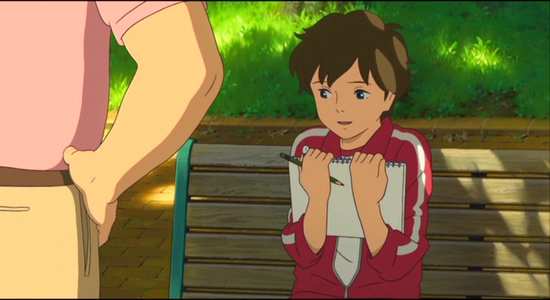
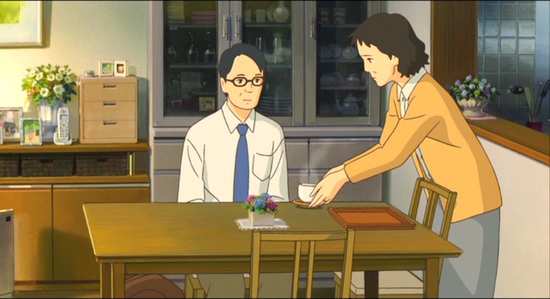
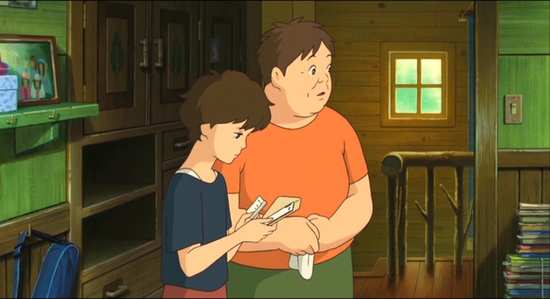
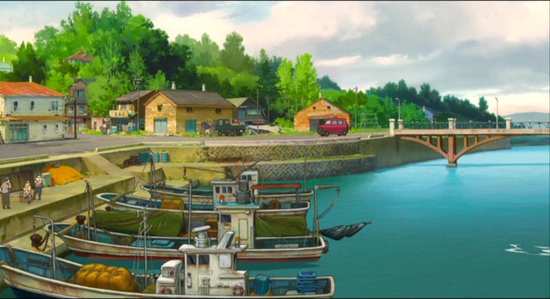
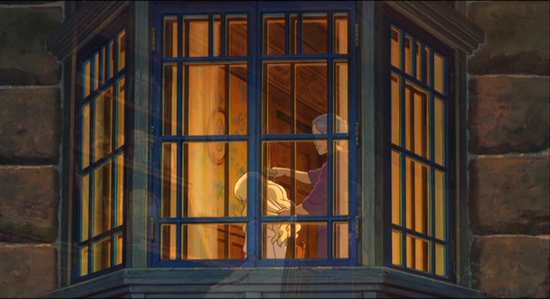
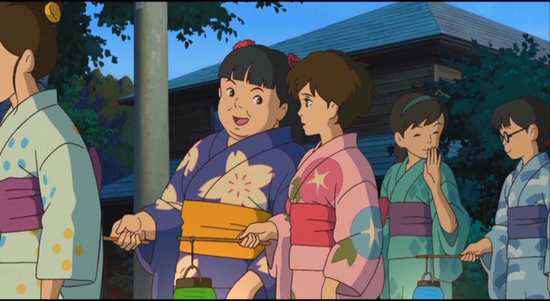
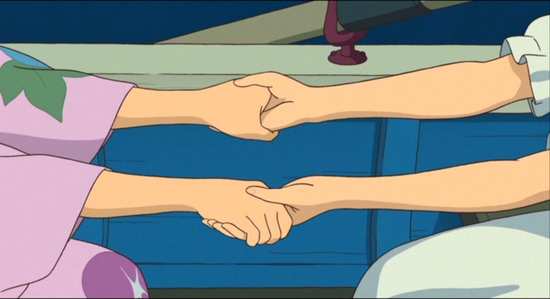
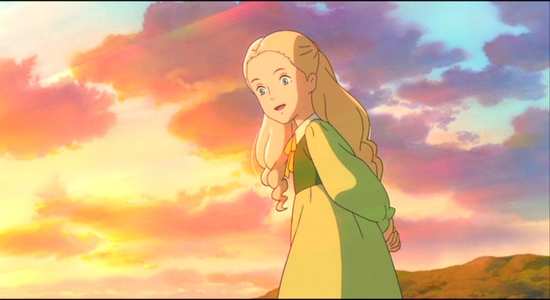
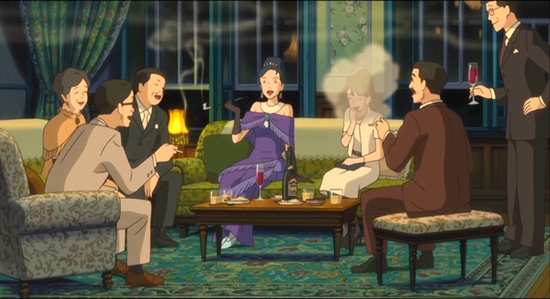
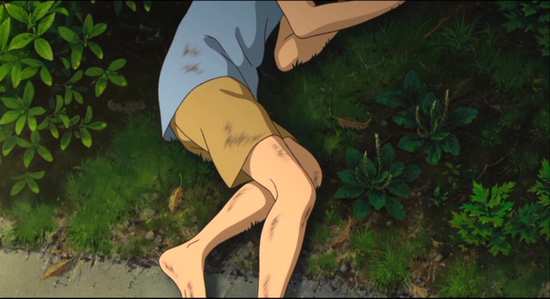
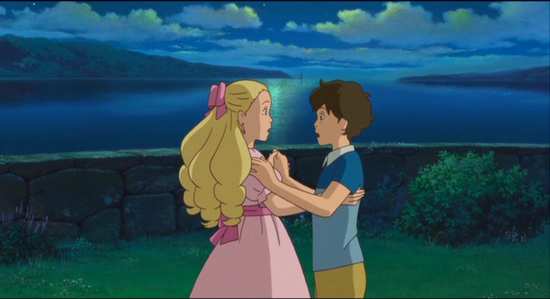
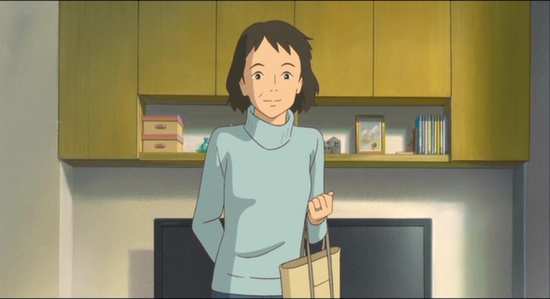
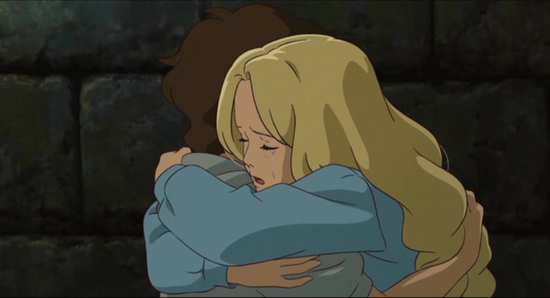
Your Opinions and Comments
Be the first to post a comment!